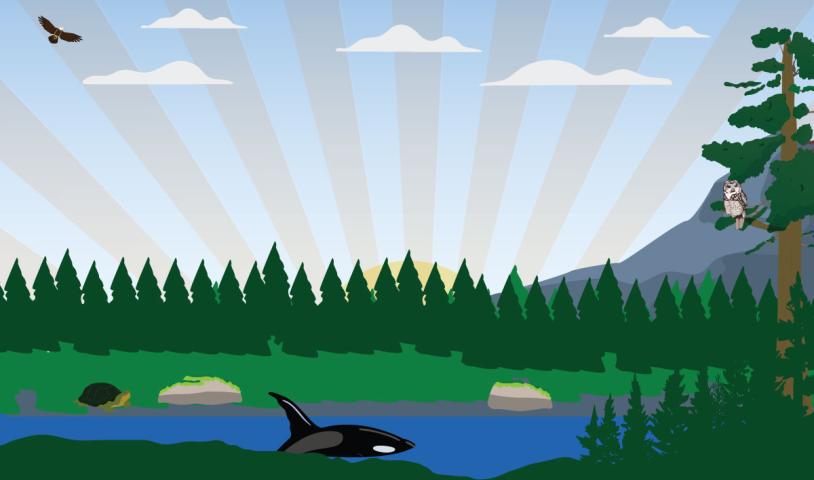B.C.'s directive to scientists under fire
Wednesday, May 20, 2009Teams writing recovery strategies for endangered species told not to identify critical habitat, groups learn
VANCOUVER -- Two environmental groups are calling for a federal investigation after obtaining documents that show the B.C. government is telling science teams that are writing recovery strategies for endangered species not to identify critical habitat.
"This shows how politics trumps science," Gwen Barlee, a director of the Western Canada Wilderness Committee, said yesterday.
Ms. Barlee said the B.C. government doesn't want to identify critical habitat because once it does, it will have to take steps to protect land, possibly curtailing logging or other development.
The province defends its approach, however, saying it doesn't want to identify critical habitat based on science alone, but must also consider socio-economic factors.
Ms. Barlee's office and Ecojustice, a non-profit legal foundation concerned with environmental law, made freedom-of-information requests to obtain draft B.C. guidelines that indicate how recovery plans for endangered species should be structured.
All provinces are required under the federal Species At Risk Act (SARA) to develop their own strategies to protect endangered species, although the ultimate responsibility is Ottawa's.
To help the provinces put together their recovery plans and to ensure a consistent approach across Canada, the federal government produced a template for developing recovery strategies. That template asks provinces to identify critical habitat "to the extent possible, based on the best available information."
But the February, 2006, copy obtained by the environmental groups contain notes inserted by the B.C. government, directing science advisory teams not to identify critical habitat.
The B.C. directive states: "It should be made clear that critical habitat is not being proposed at this time."
It says advisory teams should state that "while much is known about the habitat needs of the species ... more definitive work must be completed before any specific sites can be formally proposed as critical habitat."
Ms. Barlee said most plans follow "word for word" the form suggested in the guidelines, even when critical habitat is known.
"We were just amazed to see this [direction] ... we were just very surprised to see that they wrote it down," she said.
The recovery strategy for the rigid apple moss, for example, includes a map that shows the plant is found in just three locations on Vancouver Island and Lasqueti Island. The report states individual patches have been counted and measured, down to areas as small as 0.5 square centimetres, indicating scientists know exactly where the rare plants are growing.
But the B.C. recovery strategy for the moss states: "While much is known about the habitat needs of the species included within this recovery strategy, more definitive work must be completed before any specific sites can be formally proposed as critical habitat."
The plans for Lemmon's holly fern, Garry oak woodlands and poor pocket moss all contain almost identical wording. "This is the first time where we've got a government document where they have directed scientists on what to say," said Devon Page, a lawyer with Ecojustice. "This is attempting to interfere with the scientists' work."
He said government biologists are unlikely to resist such a government directive and called on the federal government to investigate all B.C. recovery strategies that fail to identify critical habitat.
There are more than 100 B.C. species listed under SARA. The B.C. government has final recovery strategies for 40 of those species, but only two of those plans identify critical habitat.
Susan Pinkus, staff scientist with Ecojustice, said " 91 per cent of species in B.C. that currently have recovery strategies don't have critical habitat [identified] compared to 23 per cent nationally. So B.C.'s record is pathetic."
In an e-mail, Kaaren Lewis, director of the Ecosystems Branch of the B.C. Environment Ministry, said: "This direction exists because the province believes that the ultimate configuration of CH [critical habitat] must not be identified at the recovery stage solely on scientific advice from recovery teams. It must be balanced with socio-economic considerations."
Paul Kluckner, regional director for the Canadian Wildlife Service of Environment Canada, said he was not familiar with the B.C. directive concerning critical habitat.
But he said provinces are not obliged to follow the template to the letter and can develop their own approach.
The bottom line, Mr. Kluckner said, is that the provincial plans must be adequate to protect endangered species.
If a plan falls short, the federal government can step in to protect a species, he said, but B.C. is currently still working on most of its plans.





